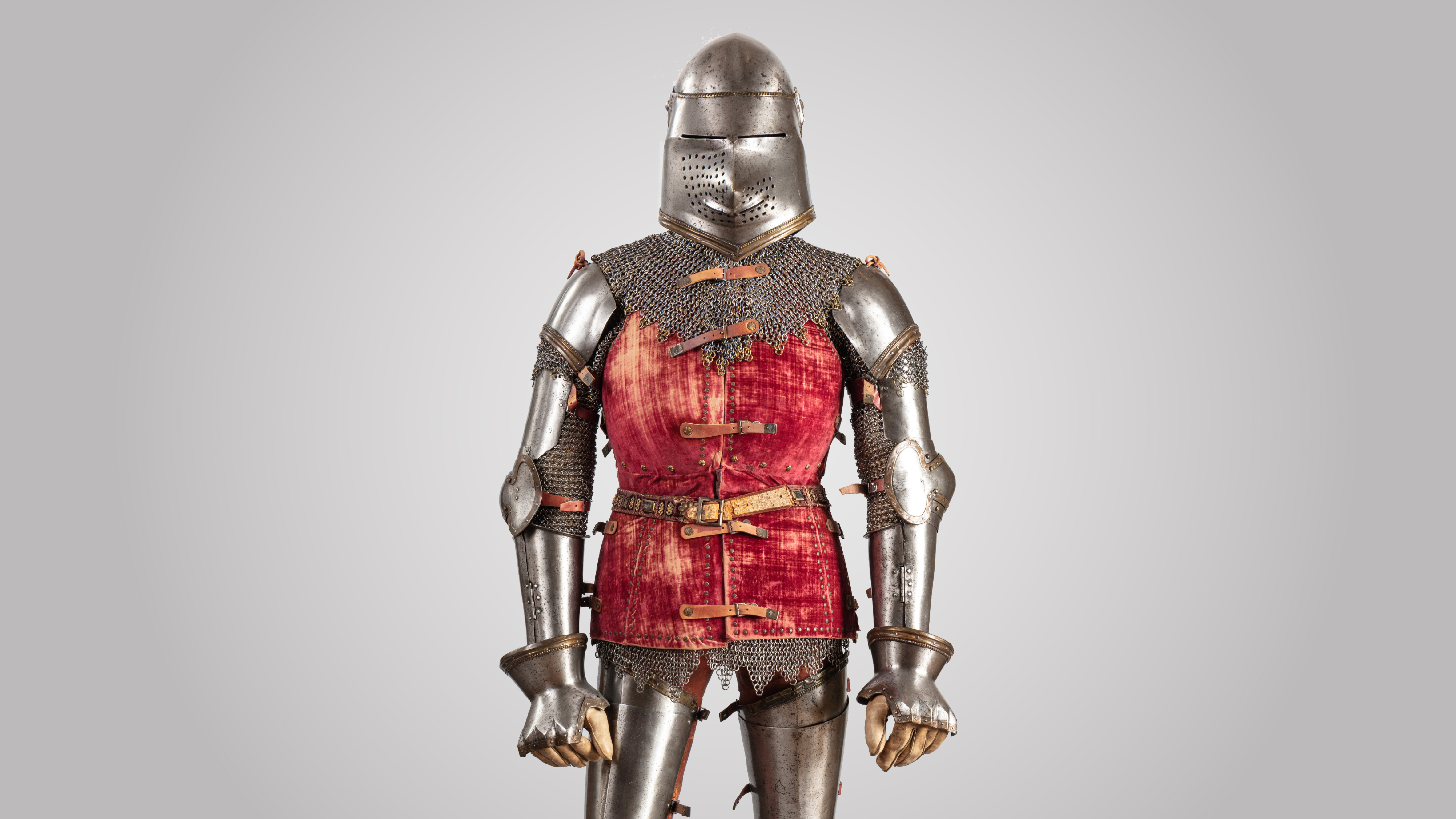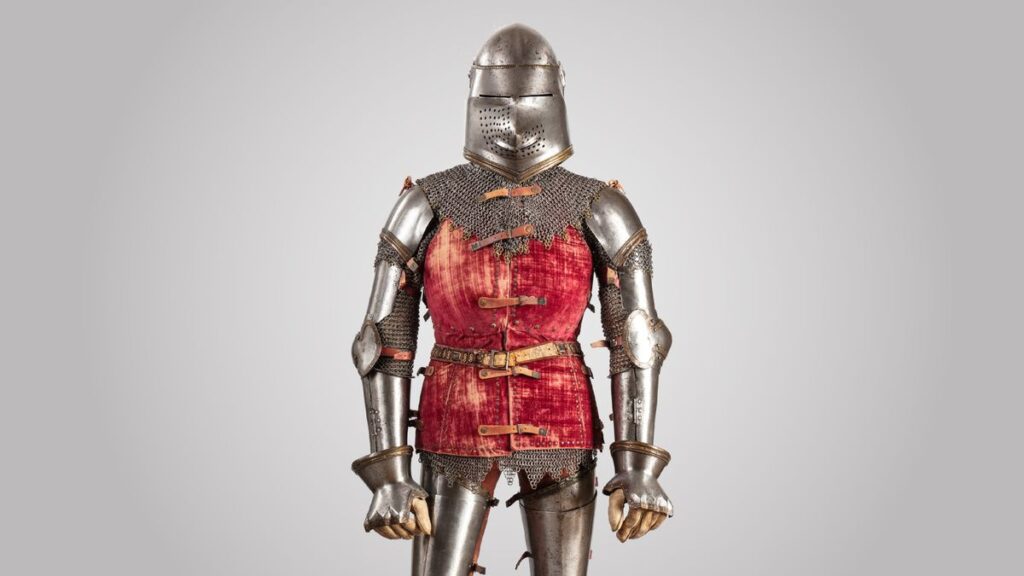
A knight in “shining armor” wielding a sword or lance is an iconic medieval image, but more advanced weapons also appeared in the Middle Ages — including guns that fired bullets.
This leads to an interesting question: Could the metal suits worn by knights and other warriors block a bullet? Live Science contacted experts to find out.
Related: How fast is a bullet?
Armor vs. bullets
Exactly when the medieval period or “Middle Ages” started and ended is a matter of debate, with dates falling roughly between A.D. 500 and 1500. Although the period is traditionally associated with Europe, some historians also apply it to the Middle East and China.
In fact, gunpowder was first invented in China, possibly around 1,200 years ago. Weapons that used gunpowder gradually spread across Eurasia and started being used in Europe before the 14th century.
Meanwhile, different types of armor were being developed around the world. Perhaps the best known is plate armor, which consisted of interconnecting metal plates that covered a warrior’s entire body. Plate armor was first used in Europe during the 13th century and became the dominant form of protection during the 15th century, according to The Metropolitan Museum of Art.
Knights’ encounters with firearms during the Middle Ages were likely infrequent. “Firearms were indeed present in the Medieval period from the 13th to 15th century, but much less used [than in later centuries],” Jonathan Tavares, the Amy and Paul Carbone curator of the Applied Arts of Europe at the Art Institute of Chicago, told Live Science in an email.
But even if knights’ encounters with firearms were uncommon, medieval armor may have offered some protection against a bullet.
“The Late Medieval-Early Modern Era, from around 1380 to about 1600, saw something of a technology race between gunsmiths and armourers,” Roger Pauly, an associate professor of history at the University of Central Arkansas, told Live Science in an email. “As guns entered the scene, armor-makers began making stronger and more sophisticated armor. Gunsmiths, in turn, developed techniques to increase muzzle velocity, range, power etc.”
Was medieval armor effective against bullets fired from guns? “A lot depended on if the armor was relatively new or if the firearm was a bit older or smaller in design,” Pauly said. “My suspicion is that most pistols [from the time period] would be challenged to bust through a first rate set of armor.”
Firearms during the Middle Ages could not propel bullets as fast or as frequently as modern day guns can.
There have been a few tests done on armor that dates to a bit after the Middle Ages. For instance, in 2017 a team working with the TV program Nova created a replica of a late-16th-century breastplate and a firearm from that time. In that episode, called “Secrets of the Shining Knight,” they determined that the plate was able to stop a bullet.
Nowadays, body armor worn by soldiers is often designed to protect against bullets. Modern-day pieces of armor, such as bullet-proof vests, are effective because they slow the impact of projectiles and help absorb the impact: “When a bullet hits body armor, the tough layered fibers that make up the armor decelerate the bullet and spread out its force,” according to the National Institute of Standards and Technology.
Armor was not as sophisticated in medieval times, and it seems that most of the armor that could have stopped a bullet was developed after the medieval period, said Tavares. “There are many 16th- and 17th-century field armors both for infantry and cavalry that may have been successful in stopping lead ball from black powder arms,” Tavares said.
Whereas armorers in Europe tried to keep up with gunsmiths, armorers in China did not. “Medieval Chinese armor does not appear to have changed in response to firearms,” Peter Lorge, an associate professor of history at Vanderbilt University, told Live Science in an email. Armor capable of protecting against bullets was expensive, and armies in medieval China tended to incorporate vast numbers of soldiers from common backgrounds, Lorge noted.
Armor that could protect against bullets “was only available to very wealthy men, so perhaps the very different composition of Chinese armies [with] mass armies of commoners, did not allow for such expensive defensive measures,” Lorge said. Medieval Chinese armies both used and encountered firearms such as the “firelance,” a tube filled with gunpowder that fired off debris.
